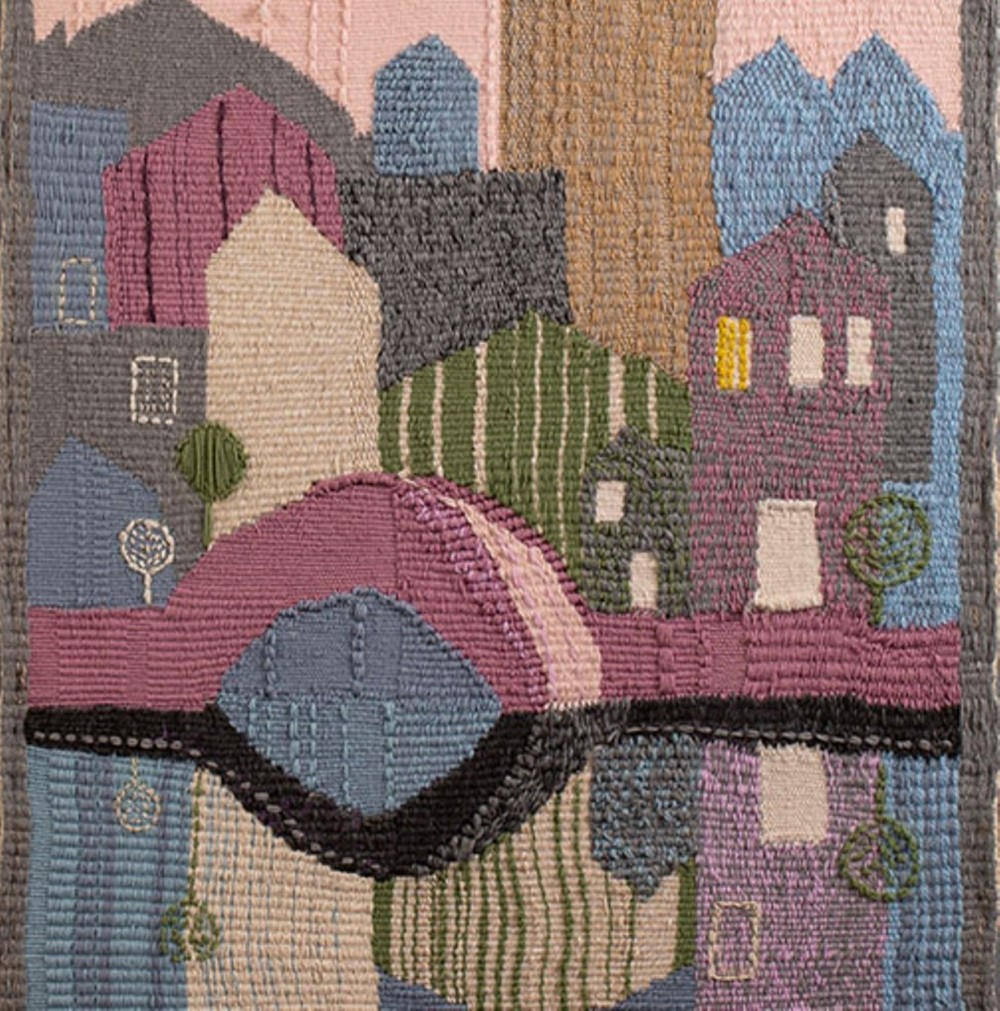
The article provides a thorough overview of the evolutionary process of the emergence, establishment, and development of the Kyiv school of artistic textiles. It reveals the influence of various factors (ideological, political, economic, and aesthetic) on this process. The historical and factual method allowed us to study socio-economic, as well as historical and cultural factors that contributed to the emergence, establishment, and development of the Kyiv textile school in a chronological sequence. Both separate Kyiv textile artists’ works and the differences of other schools were analyzed by the comparative method. It is established that the very fact of emergence of the Kyiv school of artistic textile, as a community of style, unity of forms, preservation, and continuity of traditions, had unbiased backgrounds since Ukrainian decorative weaving, a part of which is Kyiv weaving, inherited the abundant artistic traditions that were created over the centuries and most vividly manifested through the art of Kyivan Rus. It showed the significance of Kyiv as a major administrative and cultural center of Ukraine in the emergence and development of the textile school. The status of the capital city was the reason why prominent artistic forces concentrated there, creating several outstanding textile artworks intended for various purposes during the 1920—1990s. The ideology of the ruling Communist Party of the Soviet Union, which ordered the artworks for its glorification, had a stimulating impact on the emergence of the school. Analysis of the data allowed us to periodize the stages of emergence and development of the Kyiv school of artistic textiles as an educational institution. Typical features of the Kyiv textile school at different stages of its development in 1920—1990s are as follows: a) The presence of a plot theme, the epic breadth of the depicted scene, and the scale in monumental and decorative textiles; b) The stylization of themes, their conventional interpretation, and two-dimensional images that suggest the absence of perspective and the illusory representation of three-dimensional forms in decorative (non-figurative) large tapestries and decorative stage curtains made in various techniques; c) The preservation of established iconographic compositions created by predecessors, but performed in a new (stylistic and coloristic) interpretation in traditional textiles; d) As for the industrial textiles, the presence of two trends in the artistic design of fabrics: The first is associated with the artists’ focusing on the entire spectrum of the world (primarily European) textile fashion; The second one involves the transformation of traditional popular graphic themes in fundamentally new compositional developments.
Source: Andriiashko V., Bilyk M., Kostiukova V. (2022). Emergence and development of the Kyiv school of artistic textiles in the XX century. History of Science and Technology. 12(1): 69-87
Source web-site: https://www.hst-journal.com/index.php/hst/article/view/513/386
Number of views: 1736